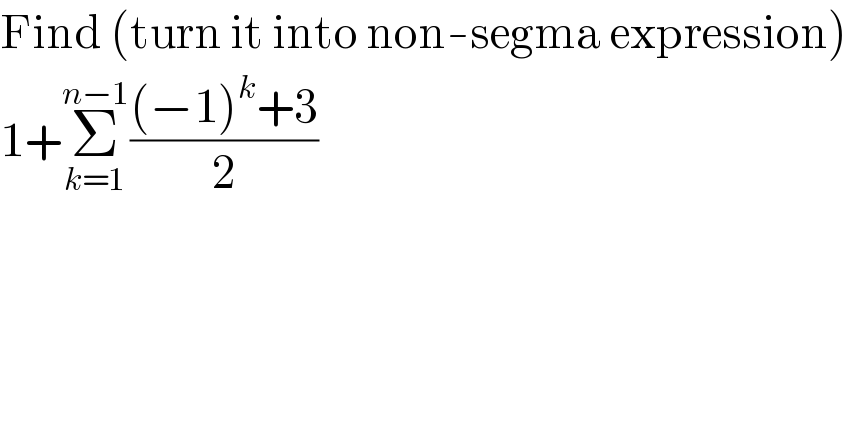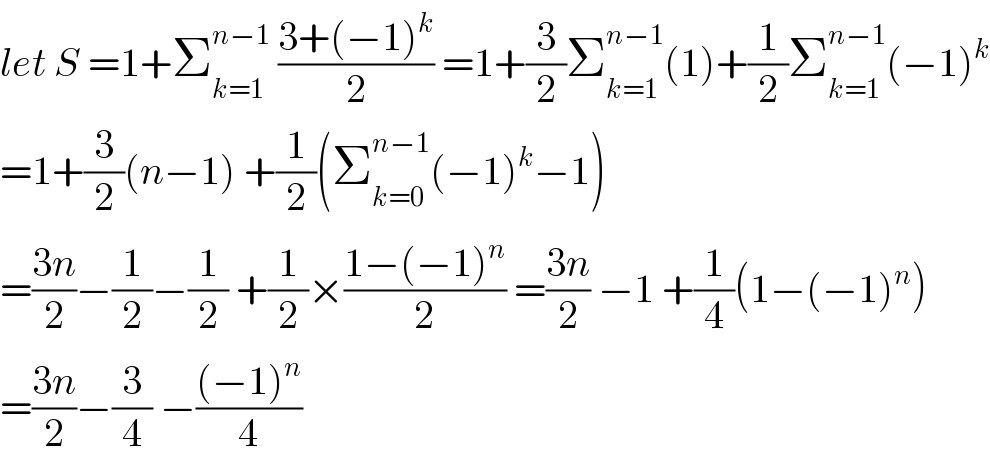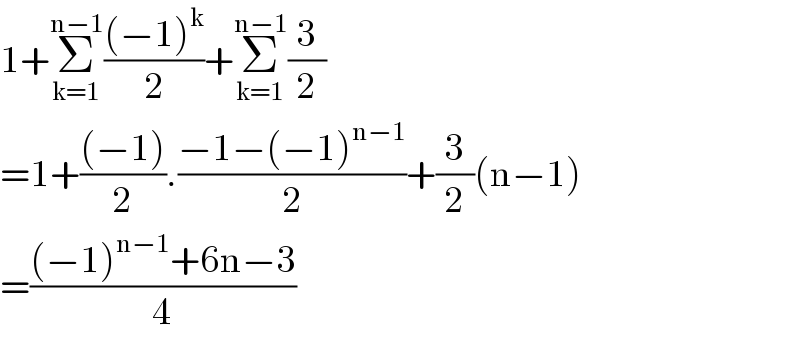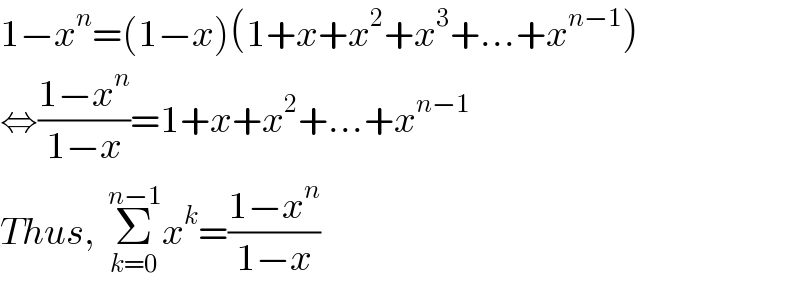
Question and Answers Forum
Question Number 74573 by Raxreedoroid last updated on 26/Nov/19

Commented by mathmax by abdo last updated on 26/Nov/19

Answered by mind is power last updated on 26/Nov/19

Commented by Smail last updated on 26/Nov/19

Commented by JDamian last updated on 26/Nov/19

Commented by Raxreedoroid last updated on 26/Nov/19

